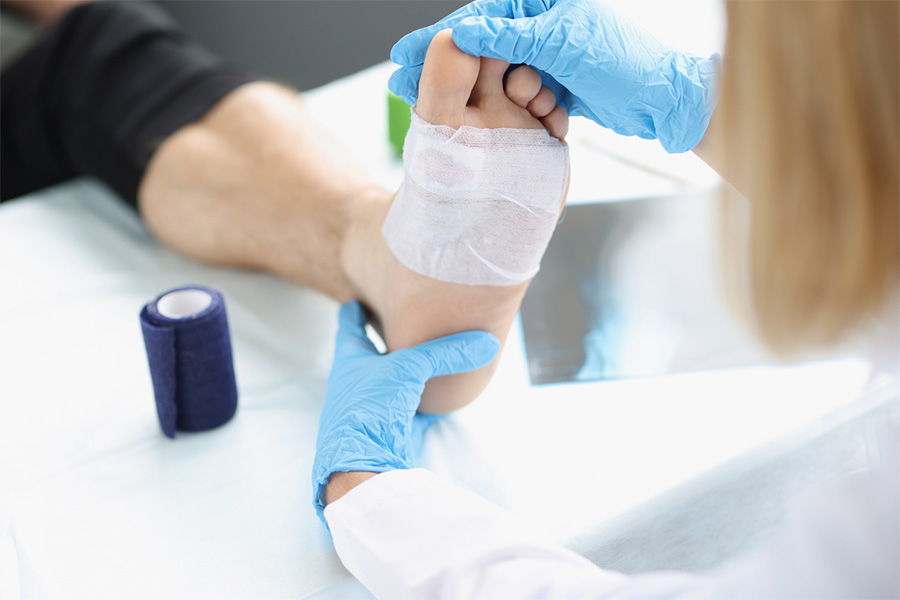Hammertoe is a deformity of the toes, commonly affecting the second, third, or fourth toe. It is called hammertoe because it is characterized by an abnormal bend in the middle of the joints, creating the look of a hammer.
Hammertoe is usually a result of arthritis or wearing ill-fitting shoes that provide inadequate arch support. When there is an imbalance in the foot’s muscles, ligaments, and tendons that are responsible for keeping the toes straight, hammertoe can develop.
Symptoms of hammertoe include a visibly abnormal bend in the toes’ joints. It can also be painful or difficult to move the affected toes. You may also develop corns or calluses on the affected toes due to the constant rubbing of the toes in your shoes.
Non-Surgical Treatments
Treatment for mild hammer toe includes exercises, such as manual stretching of the toes and picking up small items using the toes. Proper footwear can also help reduce progression of hammertoe. The right footwear will have adequate room and arch support and low heels.
A podiatrist can create customized orthotics for patients with hammertoe to manage pain symptoms and prevent the condition from worsening. If the shoe inserts do not reduce the pain, you may be recommended to wear foot straps. You can also receive a cortisone injection to relieve pain. Any blisters that may develop need to be attended to by a podiatrist to prevent infection.
Hammertoe Surgery
If conservative treatment methods do not work, your doctor may recommend hammertoe surgery. While hammertoe surgery is highly effective, it is generally reserved as a last resort treatment.
The purpose of the surgery is to remove the damaged or misshapen bonds that cause the abnormal shaping of the toes, realign the muscles, tendons, and ligaments, and reposition the affected toes. Hammertoe surgery is an outpatient procedure, which means patients can go home to recover on the same day as the procedure.
There are different types of hammertoe surgeries. A surgeon will be able to determine which procedure is right for you based on the severity and specificities of your condition. Here are different types of hammertoe surgeries:
- Joint arthroplasty involves the removal of a small part of the joint under the crooked toe to effectively allow it to return to a straight position.
- A tendon transfer involves rerouting tendons under a crooked toe to allow it to return to a straight position.
- Basal phalangectomy is for patients with severe cases of hammertoe. The surgeon removes the base of the bone under the crooked toe to straighten it.
- Weil osteotomy involves reducing the length of the metatarsal bone and inserting an artificial implant to aid in healing. This procedure is effective in straightening toes affected by hammertoe.
Hammertoe Treatment in Cincinnati
If you are suffering from symptoms of hammertoe, the highly trained specialists at Cincinnati Foot & Ankle Care can help. We use a combination of traditional and advanced treatment methods to find you effective relief.
We are happy to care for all your foot care needs! For your convenience, we have 18 facilities from which to serve you. Choose the Cincinnati Foot & Ankle Care clinic nearest you or request an appointment now. We look forward to serving you!





